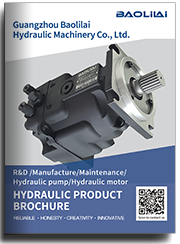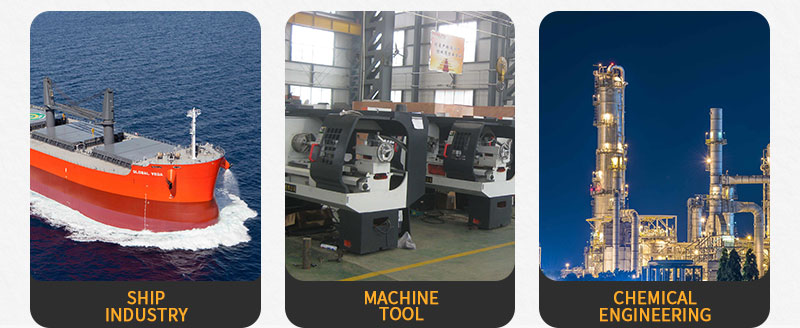90R075KA5CD60P3C7D03GBA424224 piston pump
90R075KA5CD60P3C7D03GBA424224 piston pump

- Product Details
- Applicable Scene
In the food and beverage industry, efficient and hygienic fluid transfer is crucial for maintaining product quality and safety. One of the most effective solutions for achieving this is the use of plunger pumps. These pumps offer several advantages that make them ideal for various applications within the sector.
90-R-075-KA-5-CD-60-P-3-C7-D-03-GBA-42-42-24
90R075KA5CD60P3C7D03GBA424224
Plunger pumps operate by utilizing a reciprocating plunger to create pressure and move fluids through a system. This mechanism allows for precise control over flow rates and pressures, making it easier to handle different types of fluids, including viscous substances such as sauces, syrups, or even dairy products. The ability to deliver consistent flow rates is vital in maintaining uniformity in production processes and ensuring that each product meets stringent quality standards.

83014047
Hygiene is a top priority in food and beverage production, and plunger pumps are designed with this in mind. These pumps can be constructed from stainless steel and feature smooth surfaces that minimize the risk of bacterial growth. Additionally, many models allow for easy disassembly and cleaning, facilitating compliance with health and safety regulations. The fact that plunger pumps can handle products without introducing air minimizes the risk of oxidation and preserves product integrity.
Another key benefit of plunger pumps is their versatility. They can be used across a wide range of applications, from transferring raw ingredients to packaging final products. Whether it is transporting juice from storage tanks to bottling lines or moving cream into ice cream machines, plunger pumps can adapt to different processes. Their ability to handle both low and high-viscosity fluids makes them an essential tool for food and beverage manufacturers.
Moreover, plunger pumps are known for their durability and reliability. The robust construction means they can withstand the rigors of continuous operation, reducing the likelihood of downtime and maintenance costs. This reliability ensures that production schedules are met and that manufacturers can maintain a steady output, ultimately leading to increased profitability.





